Project Deconstruction: Cost Reduction Strategies - Dickinson Hospital
VerifiedAdded on 2023/06/15
|5
|897
|179
Project
AI Summary
This project deconstruction paper reviews a change project focused on reducing healthcare costs by minimizing waste from unnecessary tests at Dickinson Hospital. It analyzes the positive and negative aspects of the project's implementation, highlighting the importance of stakeholder engagement, leadership development, and continuous research. The paper discusses the implementation timeline, key stakeholders, and location requirements, while also emphasizing the need for staff motivation and robust methodologies for future success. Furthermore, it notes changes in nursing trends, information, and technology since the project's inception, including nurses consulting with physicians regarding test omissions and the setting's interest in advanced information technology for clinical tests. The PDCA framework was used for continuous improvements that acted as the tool helping in continuous monitoring and evaluation of procedures adopted.
1 out of 5
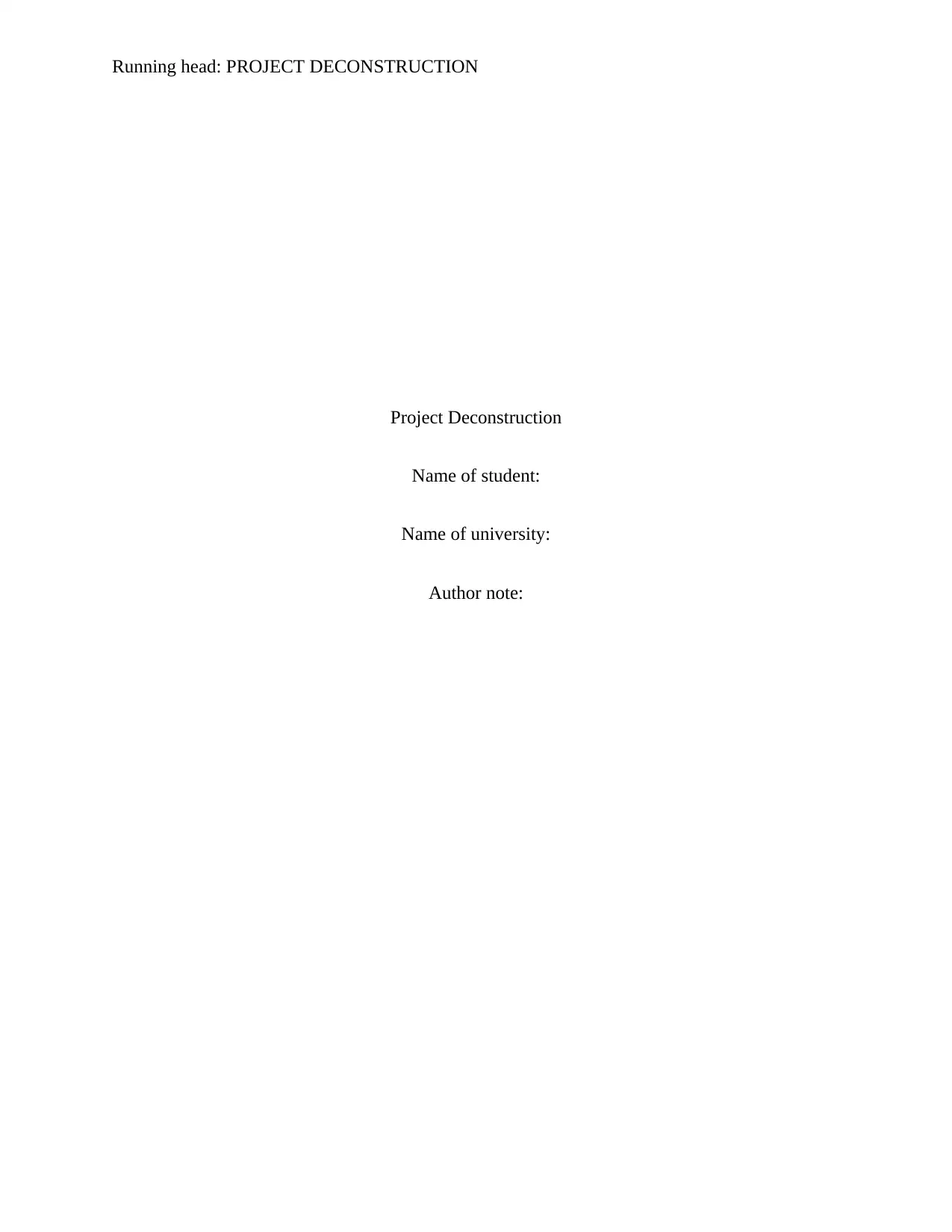
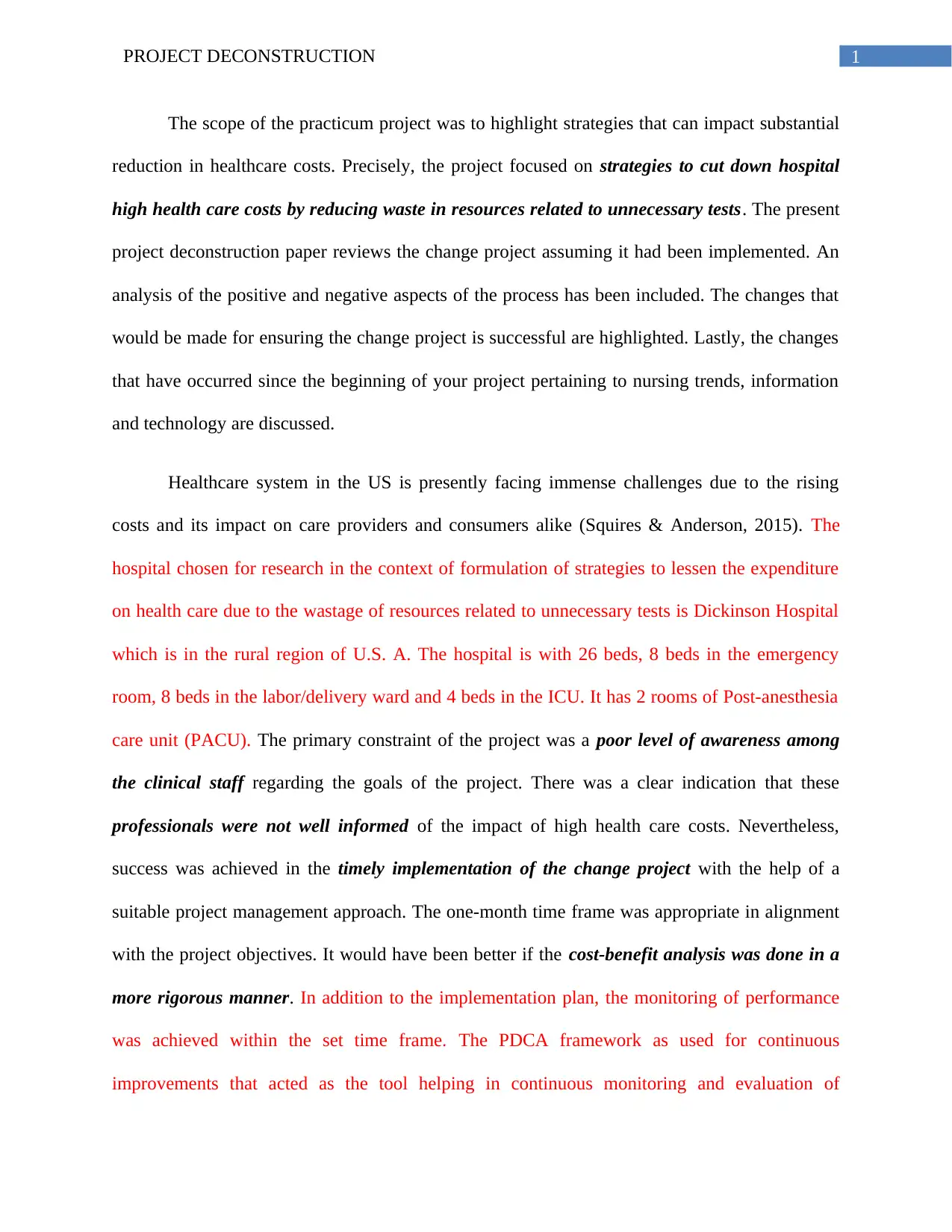
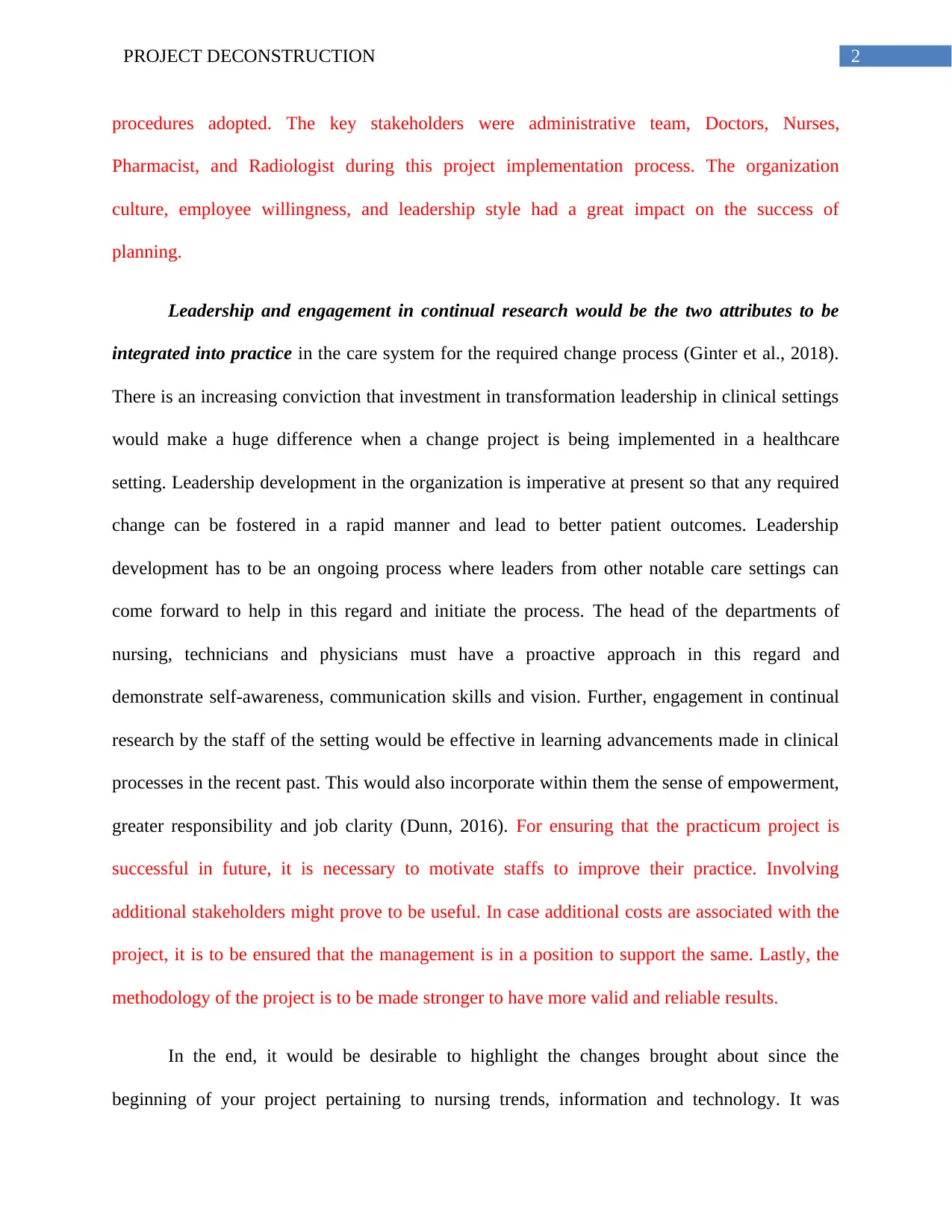

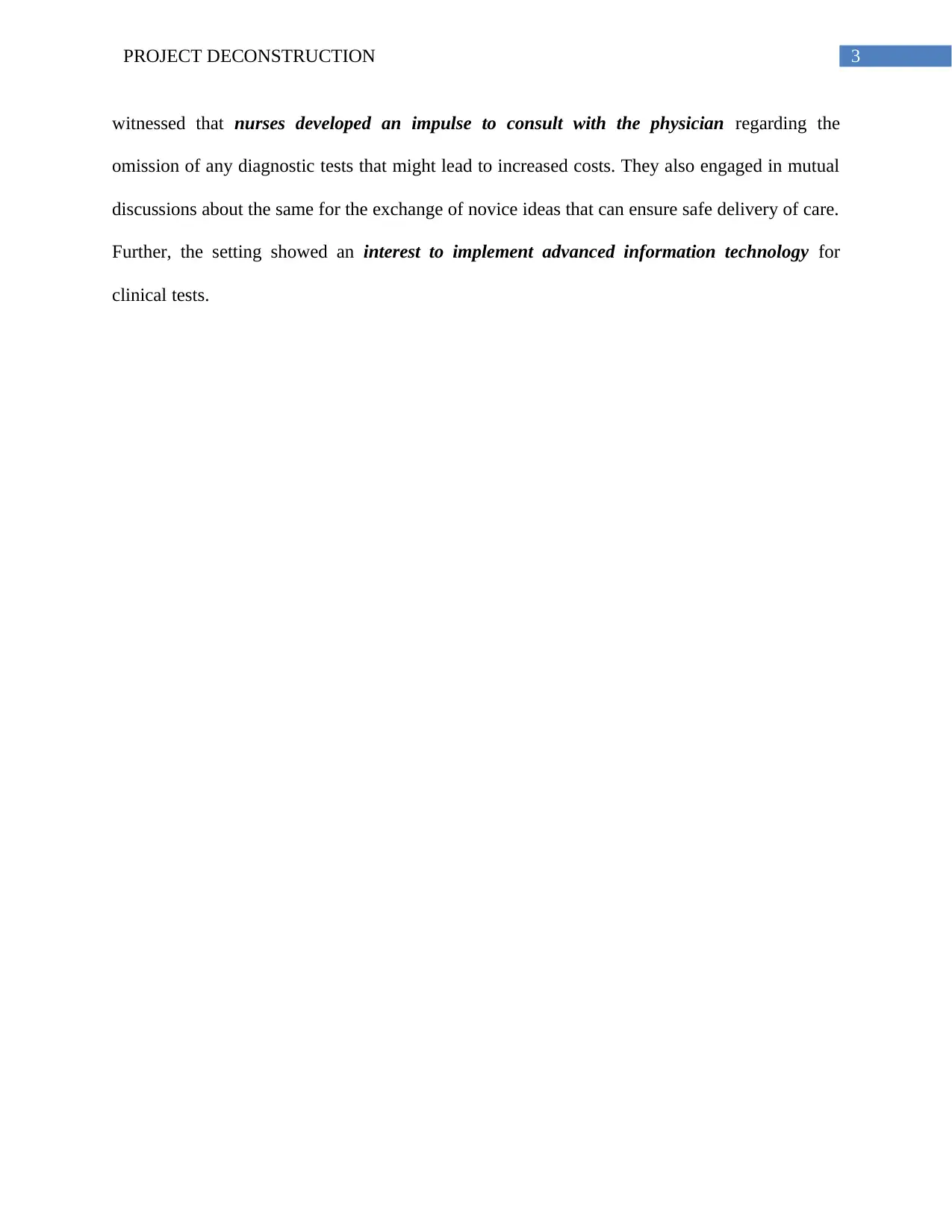
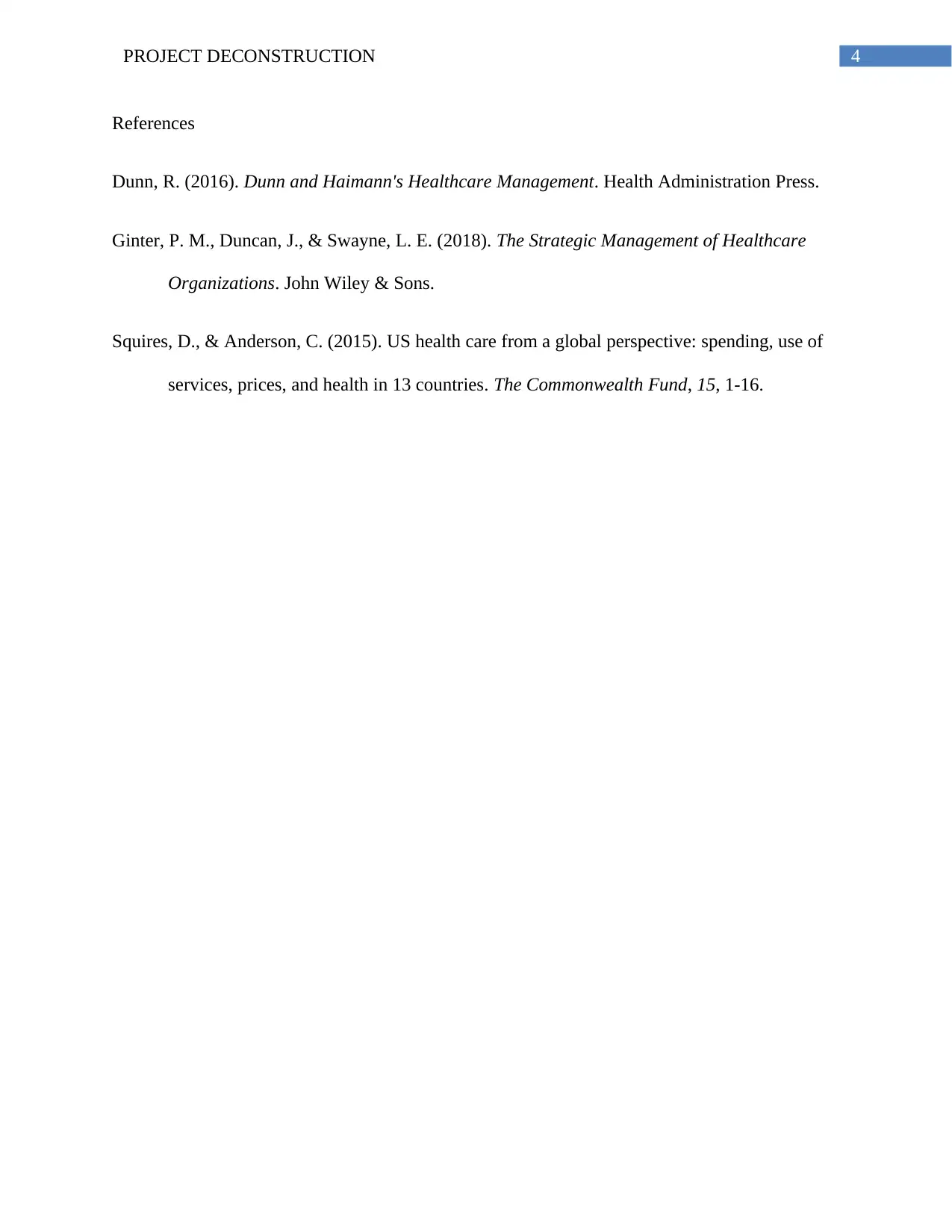






![[object Object]](/_next/static/media/star-bottom.7253800d.svg)